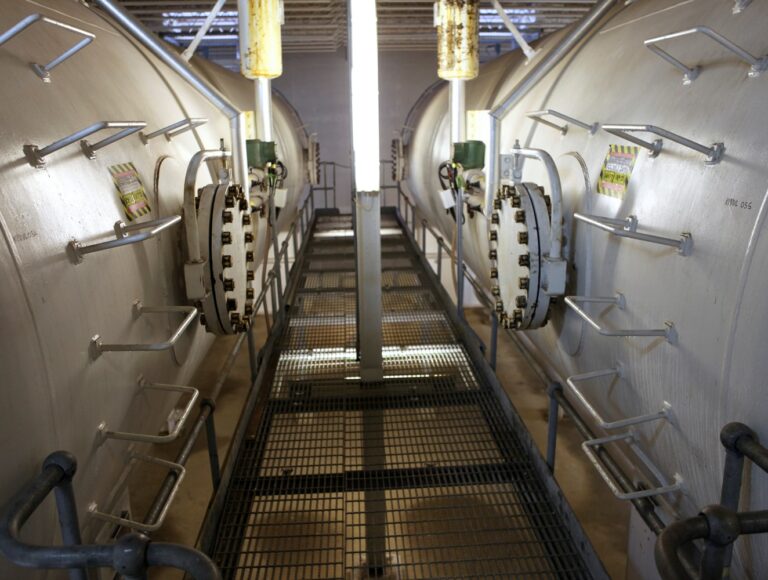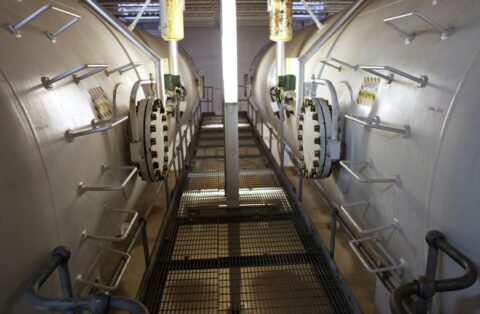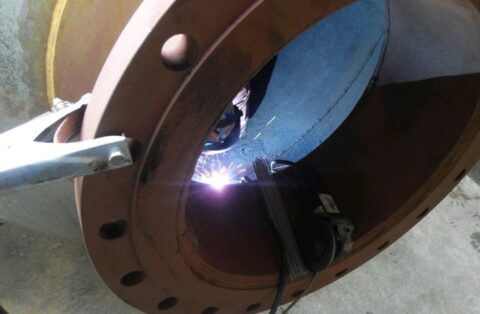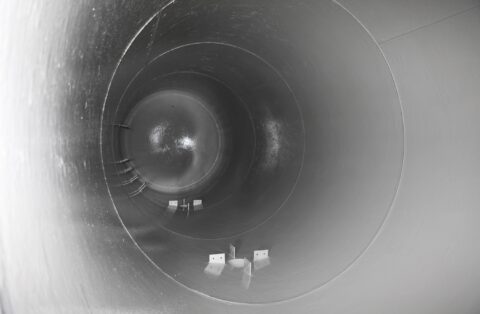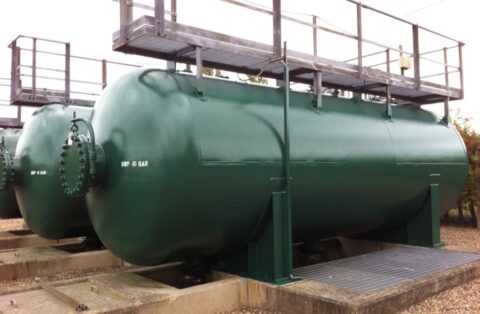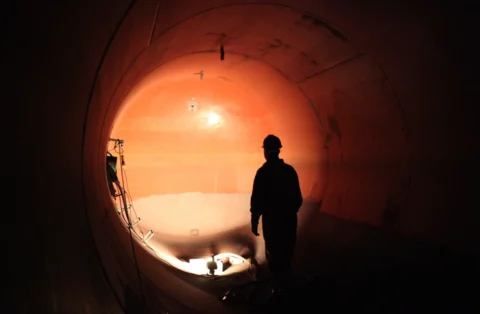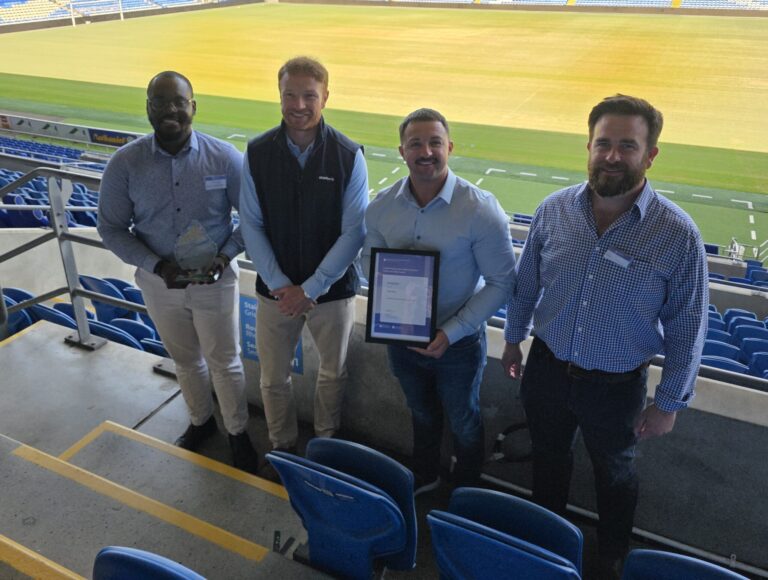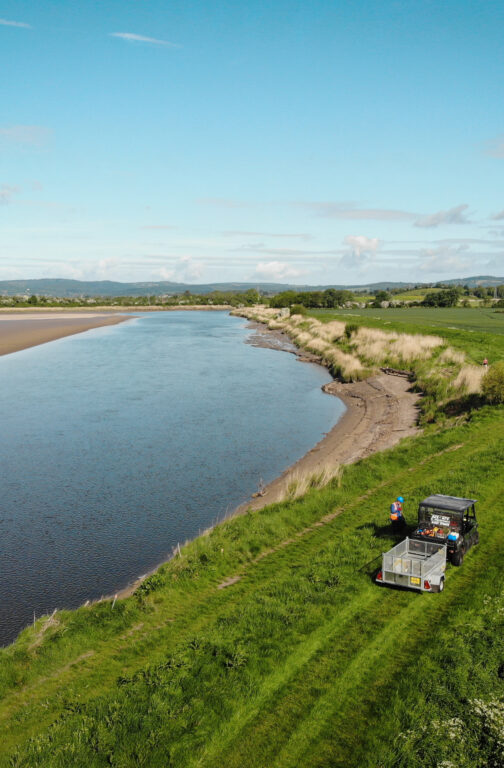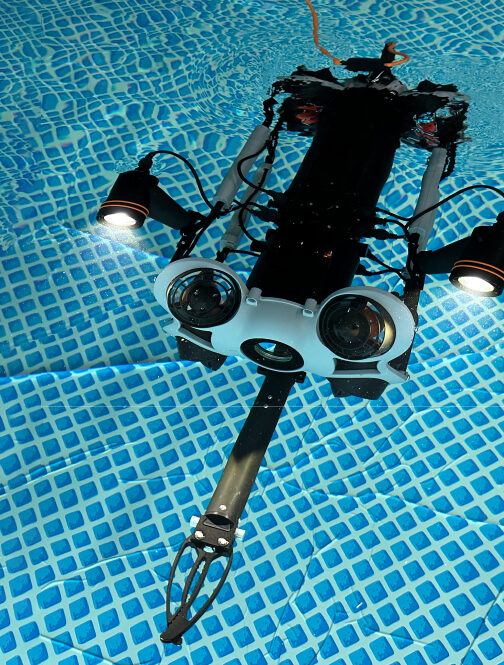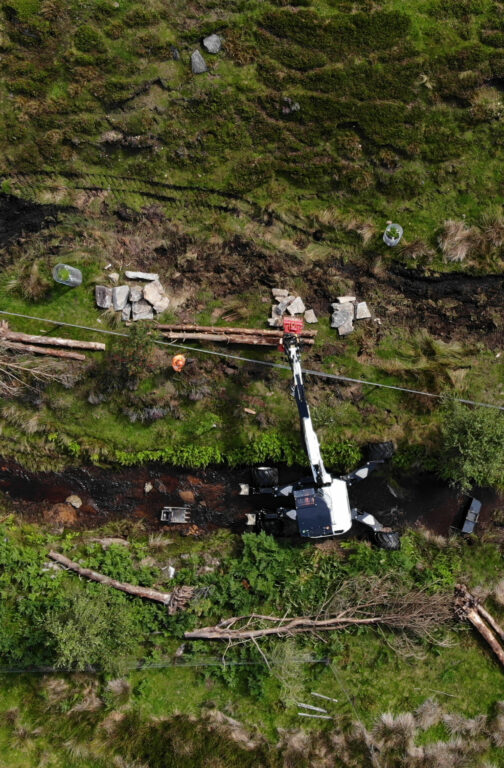Surge vessels are important assets in the water treatment process, though incorrect maintenance and management can lead to issues in the supply of drinking water.
The main purpose of the surge vessel is to maintain the correct pressure whilst water is transmitted to the mains networks. A potable water surge vessel is connected to the mains outlet pipework, pressurised with compressed air, the vessel conserves the water pressure by absorbing any spikes or drops, maintaining the flow and velocity of the water.
Uncontrolled surges can cause several issues to water companies, from leakages and water quality issues to infrastructure and network failures.
Existing Surge Vessel Problems
Many carbon steel surge vessels have been in service for decades, with some of the very old surge vessels manufactured to the ‘Factory Act’, some to the old vessel code BS1515 and some to the current PD5500. In some cases, older surge vessels do not hold any drawings or manufacturing details of information relating to the construction or thickness of the steel used.
From the old vessel code, it was common for these assets to only hold a small entry hatch for viewing purposes. Where there is inaccessibility from the hatch size being too small, many surge vessel internal linings have been neglected in terms of maintenance. This can often lead to the breakdown of existing linings and eventually lead to corrosion and contamination of the potable water.
Under the requirements of the water company insurance for surge vessels, inspection of these assets on a regular basis is mandatory. If access to the surge vessel is considered safe and fully compliant, inspection of the internal surfaces is undertaken to assess the condition of the surfaces. If the inspection has found that the existing coating is no longer acceptable, then the existing coating must be removed and reapplied with a DWI approved coating system.
If the hatch entry is not in accordance to current requirements, the solutions often falls to the installation of a new access hatch to ensure current confined requirements are met, complete with full refurbishment works to the vessel.
Refurbishing Existing Surge Vessels
After the design of a new entry hatch has received the approval of the regulatory body, the new opening is cut to allow works to the wall and installation of the new hatch. Where original data of the surge vessel had previously been lost or unknown, the cut hatch is sent for laboratory testing to check the actual tensile strength of the original surge vessel material, before full refurbishment works.
The new access hatch is welded onto the vessel and non-destructive testing is carried out as an examination of the welds. Once approved, the complete surge vessel is hydraulically pressure tested, drained and dried to allow the full application of DWI approved coatings.
The design of the surge vessel can often incur other challenges. Dependent on the size of the internal surface, scaffolding may be required to allow access to all internal surfaces of the vessel. The scaffolding must be removed after the preparation works are complete to allow for complete testing before reinstalled for the final application of the approved coating system.
For external refurbishment, surfaces are often recoated with a solvent-free epoxy coating to give the required protection. Where external surfaces do not come into contact with potable water, the requirement for Regulation 31 approved products is not always needed. Before the vessel is returned to service, the Pressure Relief safety valve must receive replacement or recertification, to prevent possible over pressurisation in the future.
Surge Vessel Replacement
If a surge vessel is deemed fully condemned, the existing vessel will require decommissioning and removal before a replacement can be installed. In some circumstances where surge vessels are sited within working buildings, logistical challenges can be implied. The removal of a condemned vessel is typically cut into several parts before removed from the site. Likewise, where access is restricted or obstructed, a new vessel is delivered in sections and welded together onsite.
Any associated pipework and valves are connected to the new surge vessel, coatings are applied and the complete vessel tested before entering into service.
Stonbury and Surge Vessels
As specialist contractors to the water industry, Stonbury is pleased to have refurbished and replaced many surge vessels for water company clients across the UK.
For more information on surge vessels, please get in touch.
